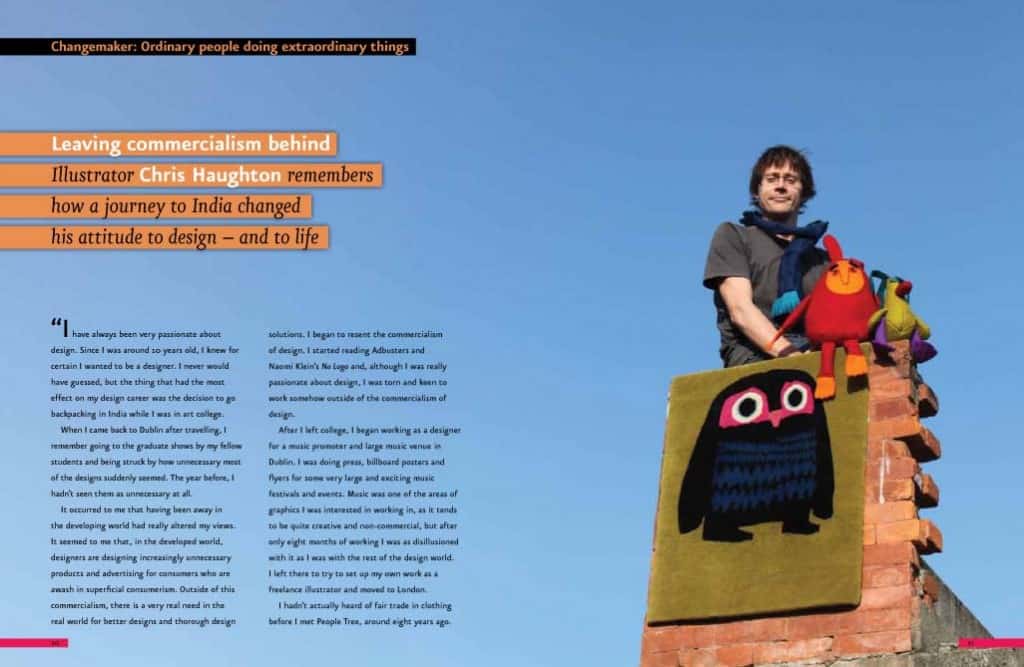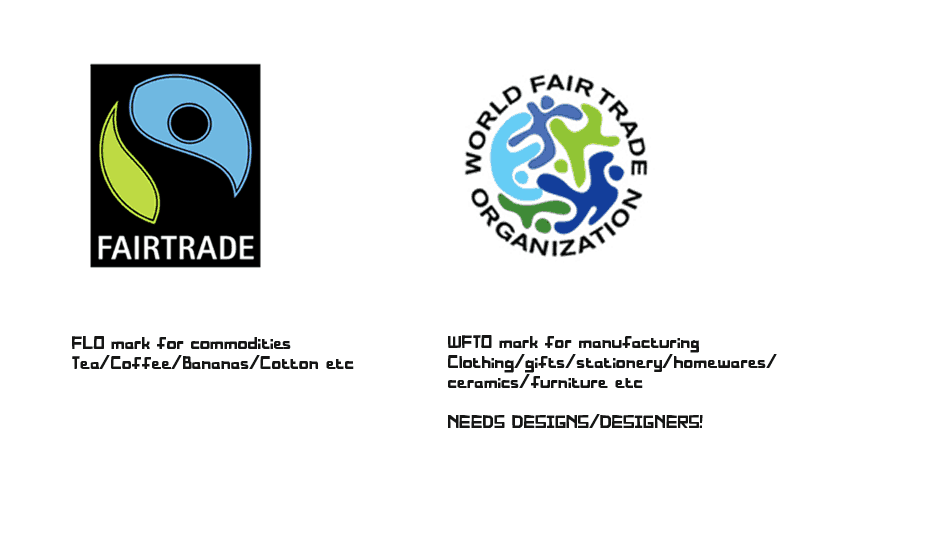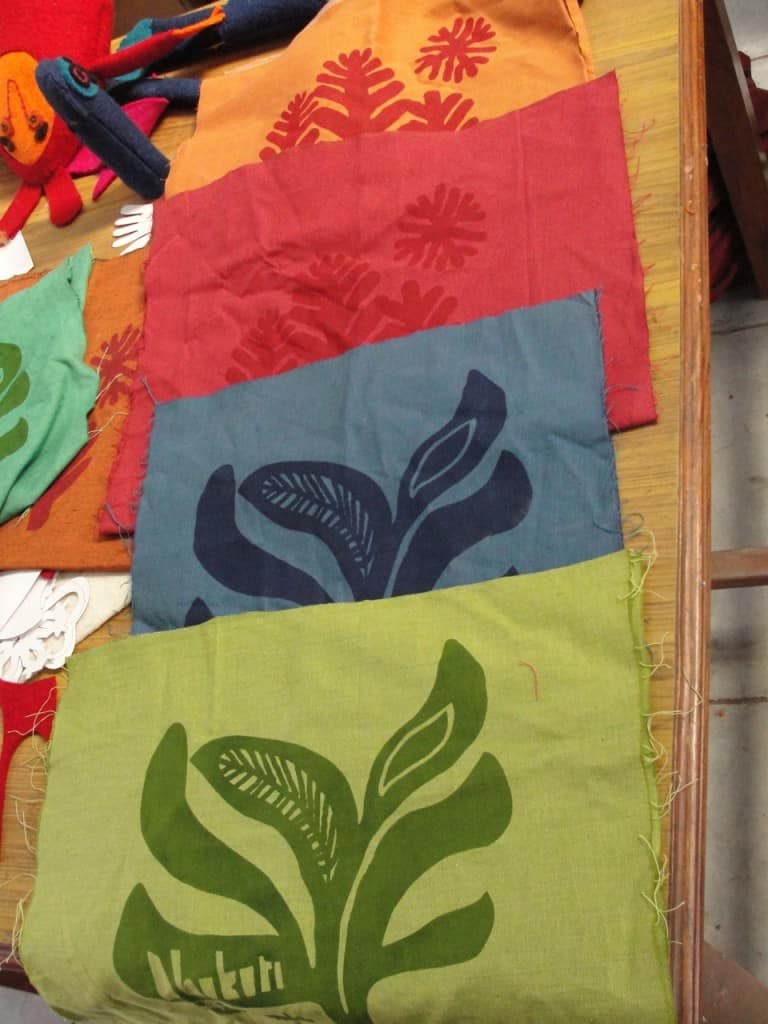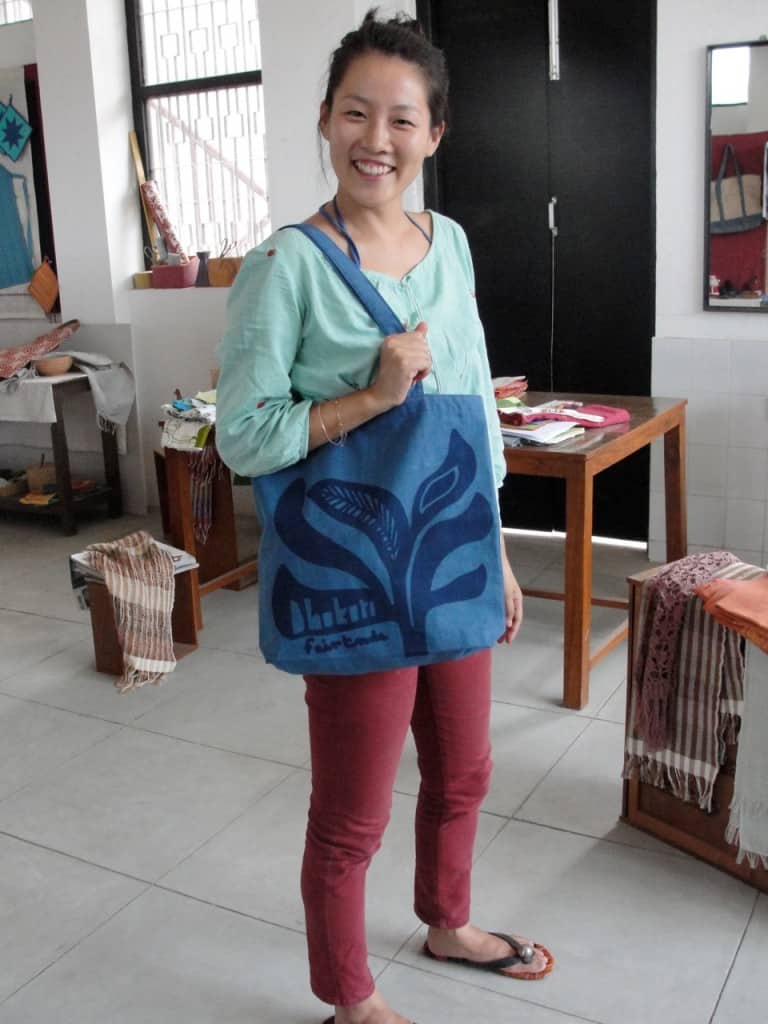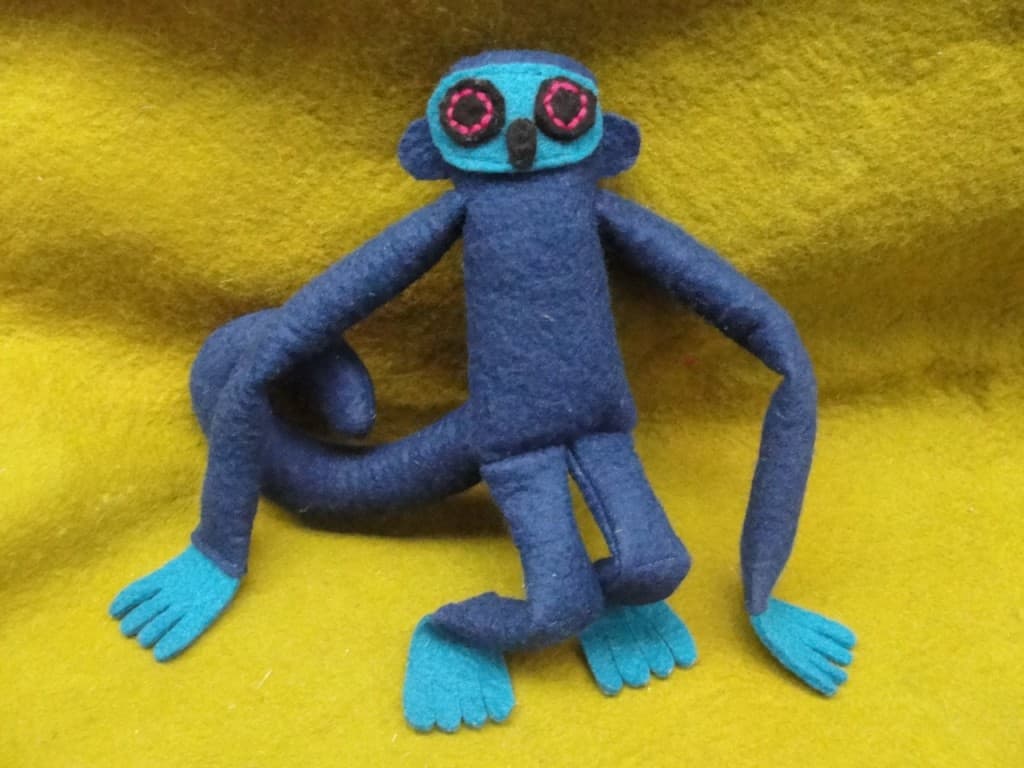Getting your children’s book published: Offset 2010
Myself, Niamh Sharkey and Childrens Books Ireland had a discussion at Offset in Dublin last year under the heading Getting your childrens book published: from idea to publication
People Tree book
Offset 2010
Im doing a panel discussion in Dublin at the amazing OFFSET design festival. Myself, Niamh Sharkey and Childrens Books Ireland are doing a panel talk at 12pm on Sunday 3rd Oct about childrens books.
Offset is one of the best design festivals anywhere and Im very very proud to be asked to participate at it again. It is quite incredible that something of that scale has been created in Ireland. Check out the line up of speakers !!!! DJ Shadow / David Carson/ Gary Baseman / Steven Heller / Scott Dadich (wired magazine) / Daniel Eatock / Studioaka / Poke / David O’Reilly ….cant wait.
Our event ‘GETTING YOUR BOOK FROM IDEA TO PUBLICATION’ is here
You can watch the talk i did last year at Offset 2009 here ..basically…. ahem…
There is also a write up about Offset in the Irish Times yesterday here
Getting involved with Fair Trade: some information for designers
My OFFSET talk. basically.
The talk I gave in Dublin at the Offset series of talks has been put online.
I get a little bit better after the first few mins…. oh dear….
Thanks so much to everyone at OFFSET for putting on such a great event. Its probably the best series of design talks ive seen together anywhere. It was an amazing honour to speak at it. Many of the other talks are now online. David Shrigley’s one is really funny.
[vimeo http://www.vimeo.com/11102357 w=500&h=281]
Interview with Safia Minney People Tree 2008
1) How long have you been working with People Tree? What motivated you to use your creativity to promote Fair Trade and environmental issues?
Ive been working with People Tree for 4 years. I had wanted to become involved in the fair trade movement since travelling in India and Nepal for a summer while i was in college.
new web pick interview 2008
Tell us a little bit about your background?
I studied graphic design and illustration in the National College of Art in Dublin, Ireland. While i was there I was always trying to get work in magazines and other bits and pieces here and there. After college I ended up traveling around and about in Asia for two years before moving to the UK in 2004 to work for the London based animation Studioaka. I left there to work again on smaller more creative freelance projects. I illustrate for several magazines and newspapers I have been making hand-made prints and designs for clothing and stationery with the fair trade company People Tree.
Who are your main inspirations? / What are your influences?
At the moment I am in Korea working on a childrens picture book that I wrote also.
I remember I saw Tomato (London based design group ) give a talk about design and they said that as a designer ‘you get the work that you do’, which i think is a really good piece of advice.
If you start out doing fashion illustrations and have nothing more than fashion illustrations in your portfolio or on your site you’ll find it hard to get hired to do editorial pieces.
Art directors are naturally unwilling to take a risk so you’ll find that the only way to get out of that side of the industry is to take a bit of time off and create the work yourself.
The best thing to do is to work in your spare time and find a way of working that you like and enjoy and then take that to the art directors.
A friend of mine had an agent for Children’s book illustration. She advised him to produce work in particular styles that she thought would sell, so he followed her advice but he still found it hard to get work and he didn’t enjoy doing work in a forced style. It wasn’t until he produced a body of his own work that he felt comfortable with did he start getting serious work.
If your work is unique you definitely will get better and more interesting work.
Having said all that probably the most important thing to do is get your work out there, I went to college with a guy who does really really great work but he is quite shy about showing his work off and as a result hasn’t got half as much work as he should be getting.
What is your most favorite commercial design of our own?
Im quite proud of the recent cover I did for Luce Irigaray’s book ‘sharing the world’. Also one image I did last year for the guardian. (how to turn)
Name some designers you like the most?
